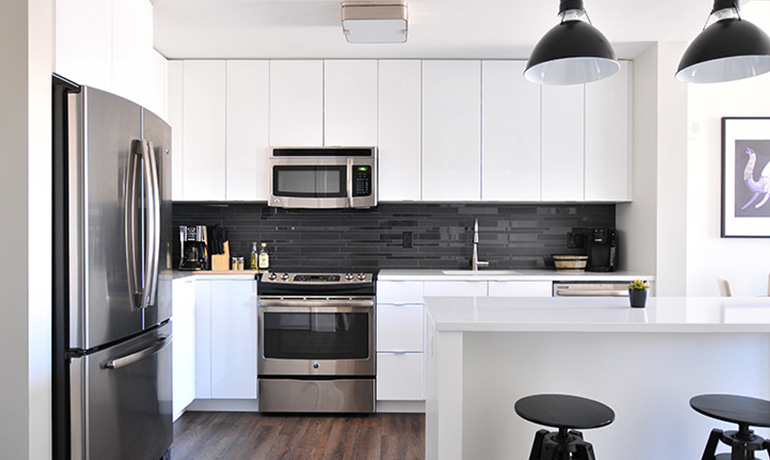Troubleshooting Steps: MacBook Pro Not Turning On
If your MacBook Pro won’t turn on, don’t worry. Follow these troubleshooting steps to identify and fix the problem. By doing so, you may be able to avoid a trip to the Apple Store and get your MacBook Pro working again quickly.
-
Check the Power Connection: Make sure your MacBook Pro is properly connected to a power source. Examine the power adapter and cable for damage or loose connections. If needed, try a different power outlet or adapter to rule out power source issues.
-
Reset the SMC: The System Management Controller (SMC) manages various hardware functions, including power, on your MacBook Pro. To reset the SMC, shut down your MacBook Pro, then press and hold the Shift, Control, and Option keys on the left side of the keyboard, along with the power button, for 10 seconds. Release all the keys, then press the power button to turn on your MacBook Pro.
-
Perform a Power Cycle: Sometimes, a simple power cycle can fix startup problems. Disconnect all peripherals, such as external displays, USB devices, and power adapters. Then, hold the power button for 10 seconds until your MacBook Pro turns off. Wait a few seconds, then press the power button again to turn it on. If your MacBook Pro still doesn’t turn on, move on to the next troubleshooting step.
Remember to regularly back up your data to prevent potential loss. If you’re unsure about any of the troubleshooting steps, seek assistance from an authorized Apple service provider or contact Apple Support for guidance.
Common Causes and Solutions for MacBook Pro Startup Issues
There are common causes for MacBook Pro startup issues. Understanding these causes can help you troubleshoot and fix the problem. Here are some frequent causes and their solutions:
-
Battery Issues: If your MacBook Pro has a faulty or drained battery, it may not turn on. Connect it to a power source and let it charge for at least 30 minutes before trying to turn it on again. If the battery is completely drained, you may need to leave it connected for a longer time.
-
Software Glitches: Sometimes, software glitches can prevent your MacBook Pro from starting up. Try booting it in Safe Mode by holding the Shift key immediately after pressing the power button. If it starts up in Safe Mode, a third-party software or driver may be causing the issue. Uninstall recently installed software or perform a clean macOS reinstall to fix the problem.
-
Hardware Malfunctions: In some cases, hardware malfunctions can prevent your MacBook Pro from turning on. If you’ve ruled out other causes and suspect a hardware issue, contact Apple Support or visit an authorized service provider for assistance. They can diagnose and repair any hardware problems affecting your MacBook Pro’s startup.
By following these troubleshooting steps and understanding the common causes of MacBook Pro startup issues, you can effectively fix the problem and restore your MacBook Pro to normal functioning. Remember to keep your MacBook Pro updated with the latest software and perform regular maintenance to prevent potential issues.
Are you having trouble getting your MacBook Pro to switch on? It’s a common issue that can be a source of frustration for users. To make matters worse, it can be difficult to determine the cause of the problem since there are multiple potential culprits. Fortunately, this guide lays out all the possible issues and solutions to help you get to the bottom of the issue quickly so that you can get back to work.
First, let’s take a look at common causes of MacBook Pro startup issues. The most frequent cause of a MacBook Pro not starting is a drained or defective battery. Over time, laptop batteries naturally degrade, so in this case you’ll need to purchase a new battery and replace the old one.
If the battery isn’t the problem, then you’ll want to check the power supply. Look to see if the power cord is plugged in and that the power source is working. If not, try replacing the cord. Alternatively, you could try connecting your MacBook Pro to a different power source to see if that works.
Another likely issue is a faulty MagSafe adapter. This adapter supplies power to your laptop, so it’s essential that it’s in working order. Unfortunately, it’s not easy to test the adapter without specialized tools, so one way to be sure that it’s working is to replace it with a new one.
You should also check the connections between the logic board and the keyboard. Over time, dust can build up and cause the MacBook Pro to malfunction. To clean up the connections, use a cotton swab and some rubbing alcohol.
Next, the issue might be a software issue. It’s best to run a Disk Utility, which is a system repair tool for the macOS operating system, to see if that solves the problem. If not, you could try reinstalling the macOS from scratch. This can be a time-consuming process, but it can solve many common software issues.
Finally, if none of the above solutions work, then you’ll likely need to take your laptop to a repair shop. There could be an issue with the logic board or some other internal components that requires professional repair or replacement.
There you have it; that’s a complete guide to troubleshooting a MacBook Pro that won’t switch on. If you follow each of the steps above, you should be able to get to the root of the problem and find a solution. Good luck!


